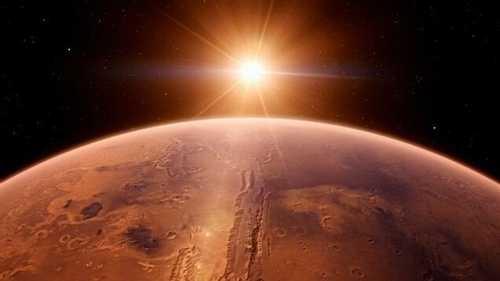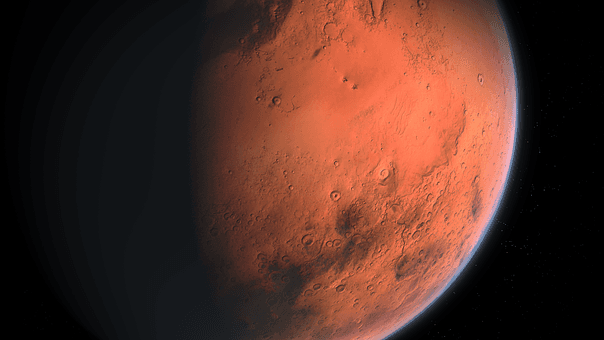Why we explore Mars—and what decades of missions have revealed
nationalgeographic.com
5 ideas
·385 reads
1
Learn more about scienceandnature with this collection
How to manage digital distractions
The impact of technology on mental health
The importance of setting boundaries
Mars
- Mars has captivated people since we first saw the reddish hue object in the night sky. In the late 1800s, telescopes revealed a surface full of patterns and landforms thought to be a bustling Martian civilisation.
- Now, we know there are no constructions on Mars. However, the toxic planet we see today might have once been as habitable as Earth.
- Only uncrewed spacecraft have made a trip to the red planet. NASA is hoping to land the first humans on Mars by the 2030s.
21
113 reads
Mars and Earth: The similarities
Everything we've learned about Mars over the last century suggests that the planet was once able of hosting ecosystems.
- Mars is just over half the size of Earth.
- Gravity is only 38 percent than that of Earth's.
- It rotates around its axis at about the same speed as Earth, meaning that a day on Mars is just 40 minutes longer than on Earth.
- One year on Mars takes about 687 Earth days.
- Mars has the same amount of habitable surface as Earth. It also contains ice on the polar caps.
But Mars is wrapped in a thin carbon dioxide atmosphere and cannot support earthly life forms.
21
88 reads
Why explore Mars
When scientists view the Martian surface, they see branching streams, river valleys, basins, and deltas, suggesting that the planet may have once had a vast ocean covering its northern hemisphere. It was likely wrapped in a thick atmosphere able to maintain liquid water.
But somehow, the planet went through a dramatic transformation. Exploring Mars can help scientists learn about climate change that can alter planets. Learning more about Mars may equip us to someday make a living there.
18
62 reads
Mars: Past missions, major discoveries
Since 1960, dozens of spacecraft have been sent to Mars. It is difficult to send a spacecraft to Mars and even harder to land on the planet because of the thin atmosphere.
Data revealed the largest volcanoes in the solar system and one of the largest canyons yet discovered. Dust storms regularly sweep over the plains. Several spacecraft orbiting Mars shows an active planet rich in ingredients needed for life - water, organic carbon, and an energy source.
18
60 reads
Future of Mars exploration
Once every 26 months, Earth and Mars are aligned to enable spacecraft to reach it in about half a year. Space agencies launch probes during these conjunctions.
- The most recent launches were the Hope spacecraft of the United Arab Emirates, to study its atmosphere and weather patterns.
- China launched its Tianwen-1.
- The United States launched its Perseverance rover to study Martian climate and weather, test technologies that could help humans survive, and collect samples from rocks.
The robotic activity is laying the groundwork for sending humans to Mars.
18
62 reads
CURATED BY
More like this
3 ideas
For All Mankind: What’s stopping us from going to Mars?
sciencefocus.com
13 ideas
In Depth | Mars – NASA Solar System Exploration
solarsystem.nasa.gov
3 ideas
How Did Mars Get its Moons?
thoughtco.com
Read & Learn
20x Faster
without
deepstash
with
deepstash
with
deepstash
Access to 200,000+ ideas
—
Access to the mobile app
—
Unlimited idea saving & library
—
—
Unlimited history
—
—
Unlimited listening to ideas
—
—
Downloading & offline access
—
—
Personalized recommendations
—
—
Supercharge your mind with one idea per day
Enter your email and spend 1 minute every day to learn something new.
I agree to receive email updates

